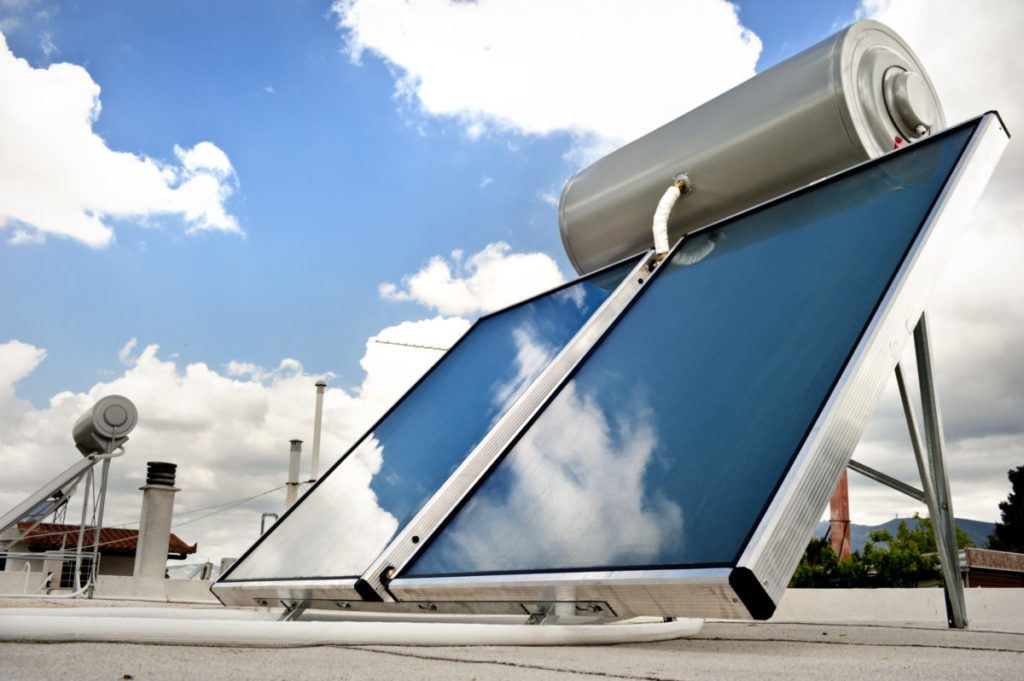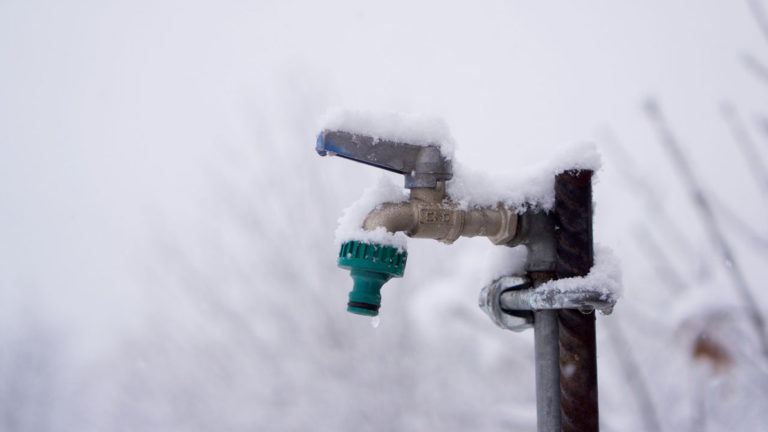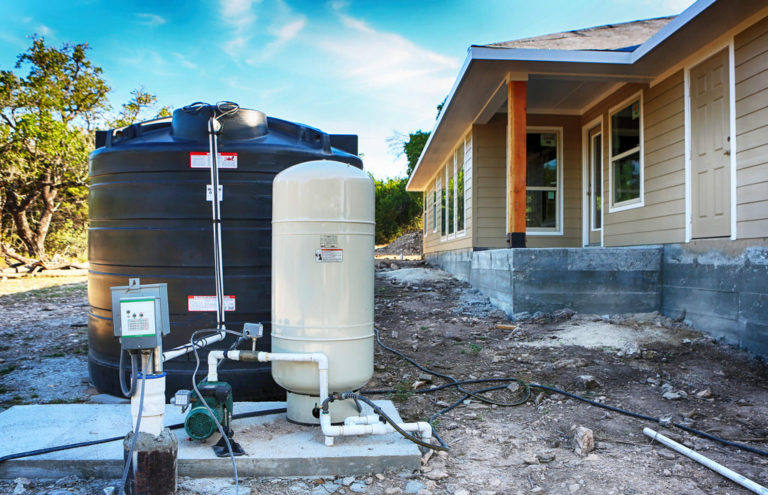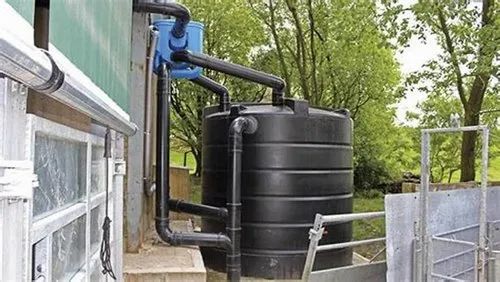Are you looking for an environmentally friendly and cost-effective solution to provide hot water for your off-grid home?
Consider building a solar-powered hot water system!
This innovative technology harnesses the power of the sun to heat your domestic water needs, reducing your reliance on fossil fuels and lowering your energy bills.
With the right materials and some basic DIY skills, you can easily install a solar-powered hot water system at your off-grid home.
We’ll take you through the step-by-step process of building such a system, so you can enjoy warm showers and a reduced carbon footprint all year round.
Determine Your Hot Water Needs
The first step is to determine how much hot water you need for your off-grid home. This will help you determine the size and number of solar collectors you’ll need.
First, calculate the total daily hot water usage in gallons by multiplying the number of occupants by their individual hot water usage.
For example, if there are three occupants and each uses 10 gallons of hot water per day, the total daily hot water usage would be 30 gallons (3 x 10).
Next, consider the water usage habits such as showering, bathing, and washing dishes.
For example, if you have a dishwasher, you’ll need to factor in the additional water usage.
If you live in a hot and humid climate, you may need more hot water than someone living in a cooler climate.
Once you have a good estimate of your daily hot water needs, you can use that information to determine the size and number of solar collectors you’ll need.
A general rule of thumb is to aim for 10-20 gallons of hot water per day per collector.
So, for example, if your daily hot water needs are 30 gallons, you would need at least two solar collectors (30 gallons / 10-20 gallons per collector = 2-3 collectors).
Keep in mind that this is just a rough estimate, and the actual number of collectors you’ll need may vary based on other factors such as water usage habits, climate, and the specific design of your off-grid home.
Choose the Right Solar Collector
There are different types of solar collectors available, such as flat plate, evacuated tube, and concentrating collectors. Choose the one that best suits your needs and climate.
When selecting the right solar collector for your home or business, it’s essential to consider the type of collector that best suits your needs and climate.
Flat plate collectors are the most common type and are well-suited for mild climates.
These collectors consist of a flat, insulated box with a dark-colored absorber plate and a network of tubes to transport heat.
However, if you live in an area with extreme temperatures or high humidity, evacuated tube collectors may be a better choice.
These collectors have a vacuum-sealed tube that surrounds the absorber plate, providing better insulation and less heat loss.
Concentrating collectors may be a good option if you have limited space but want to generate more power.
These collectors use mirrors or lenses to focus sunlight onto a smaller absorber area, increasing their efficiency.
Before making a decision, it’s important to consider factors such as your climate, available space, and energy needs to choose the right solar collector for your specific situation.
Select a Solar Storage Tank
You’ll need a solar storage tank to store the hot water generated by the solar collectors. Choose a tank that is well-insulated and can hold enough hot water for your needs.
When selecting a solar storage tank for your solar water heating system, it’s important to choose a tank that is well-insulated to minimize heat loss and ensure maximum efficiency.
Look for a tank with a thick, high-quality insulation that will keep the water inside the tank hot for a longer period of time.
Consider the size of the tank and choose one that can hold enough hot water to meet your household’s needs.
A larger tank may be necessary for households with multiple occupants or high water usage.
It’s also important to choose a tank that is durable and made of high-quality materials to ensure long-lasting performance and reliability.
Be sure to consider the tank’s placement in your home, as it should be located in a spot that allows for easy access and minimal heat loss.
By selecting a high-quality, well-insulated solar storage tank, you can ensure that your solar water heating system runs efficiently and provides a reliable source of hot water for your household.
Install a Heat Exchanger
A heat exchanger is necessary to transfer heat from the solar collectors to the water in your storage tank. This will ensure that your hot water is always available, even on cloudy days.
Installing a heat exchanger is a critical component of a solar hot water system, as it enables the efficient transfer of heat from the solar collectors to the water in your storage tank.
This ensures that your hot water is always available, even on cloudy days.
The heat exchanger acts as a conduit for the heat generated by the solar collectors, allowing it to be transferred to the water in your storage tank.
This is particularly important during periods of low sunlight, when the water in your storage tank may not be heated enough to provide hot water.
By installing a heat exchanger, you can rest assured that your hot water needs will be met, even on days with limited sunlight.
A heat exchanger can help to increase the overall efficiency of your solar hot water system, as it ensures that the heat generated by the solar collectors is used to its fullest potential.
Incorporate a Control System
A control system is necessary to monitor and control the temperature of your hot water. This will ensure that your hot water is always at the right temperature, and that your solar collectors are working at maximum efficiency.
Incorporating a control system into your solar hot water heating system is important for optimal performance and efficiency.
The control system allows you to monitor the temperature of your hot water in real-time, ensuring that it is always at the desired temperature for your needs.
This is particularly important in solar hot water heating systems, as the temperature of the water is directly affected by the amount of solar energy being absorbed by the collectors.
By monitoring the temperature, you can adjust the system as needed to ensure that your hot water is always at the right temperature, and that your solar collectors are working at maximum efficiency.
The control system can also be used to regulate the flow of heat transfer fluid through the collectors, allowing you to optimize the performance of your system based on the solar resource and the specific requirements of your hot water usage.
The control system can be integrated with other components of your system, such as a storage tank and a pump, to ensure that the hot water is stored and distributed efficiently.
Overall, incorporating a control system into your solar hot water heating system is an essential component of a successful and efficient system.
Consider a Backup System
While solar power can provide most of your hot water needs, it’s a good idea to have a backup system in place for times when the sun isn’t shining. This could be a conventional water heater or a heat pump.
When relying on solar power for your hot water needs, it’s essential to have a backup system in place for times when the sun isn’t shining.
A conventional water heater or a heat pump can serve as a reliable backup option.
These systems can provide a constant supply of hot water, regardless of the amount of sunlight available.
By having a backup system, you can ensure that your hot water needs are met, even during periods of low solar radiation.
A backup system can help to prolong the lifespan of your solar hot water system, as it can help to prevent damage caused by irregular water temperatures.
Furthermore, a backup system can provide a cost-effective solution, as it can help to reduce the overall energy costs of your solar hot water system.
By considering a backup system, you can ensure a consistent and reliable supply of hot water, while also saving money on your energy bills.
Size Your System Properly
The size of your solar-powered hot water system will depend on your specific needs and climate. Make sure to size your system properly to ensure that it can meet your hot water needs.
To ensure optimal performance and satisfy your hot water needs, it’s important to properly size your solar-powered hot water system.
This consideration is especially important as the size of your system will determine the amount of energy it can produce and the duration it can supply hot water.
Inadequately sizing your system can lead to insufficient hot water supply, particularly during periods of low sunlight or high demand.
On the other hand, oversizing your system can result in increased cost and energy consumption.
Therefore, it’s essential to assess your specific needs and climate before selecting a solar-powered hot water system.
This includes evaluating your household’s hot water usage, the number of people in your household, and the water pressure and temperature requirements.
You should consider the climate and local weather patterns to determine the appropriate system size.
For instance, if you live in an area with extreme winters, you may need a larger system to compensate for the reduced solar radiation during these months.
Proper sizing will not only ensure a reliable hot water supply but also help you make the most of your investment and minimize energy waste.
Install a Switch to Turn Off the Solar Collectors
It’s important to install a switch that will turn off the solar collectors when they are not in use. This will help prevent overheating and prolong the life of your system.
Installing a switch to turn off the solar collectors is a important step in maintaining your solar water heating system.
When the collectors are not in use, it’s important to turn them off to prevent overheating, which can cause damage to the system and reduce its lifespan.
By installing a switch, you can easily turn off the collectors when they are not needed, such as during periods of extended darkness or when the system is not in use.
This simple action can help prolong the life of your system and ensure optimal performance.
Turning off the collectors when not in use can help reduce energy consumption and lower your energy bills.
By taking this step, you can ensure that your solar water heating system is running efficiently and effectively, while also helping to reduce your carbon footprint.
Want More? Dive Deeper Here!
Hey there! If you’re the type who loves going down the rabbit hole of information (like we do), you’re in the right spot. We’ve pulled together some cool reads and resources that dive a bit deeper into the stuff we chat about on our site. Whether you’re just killing time or super into the topic, these picks might just be what you’re looking for. Happy reading!






